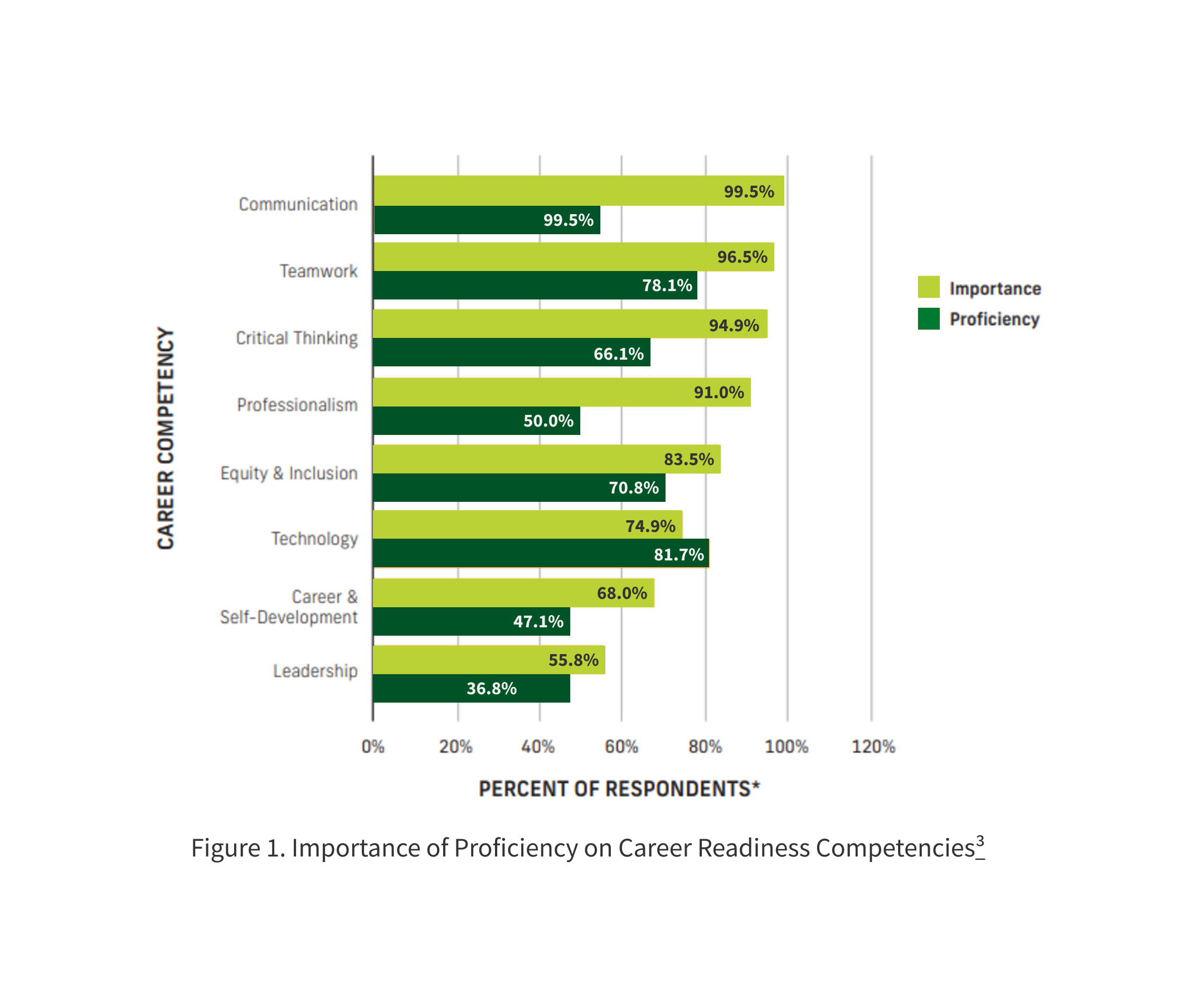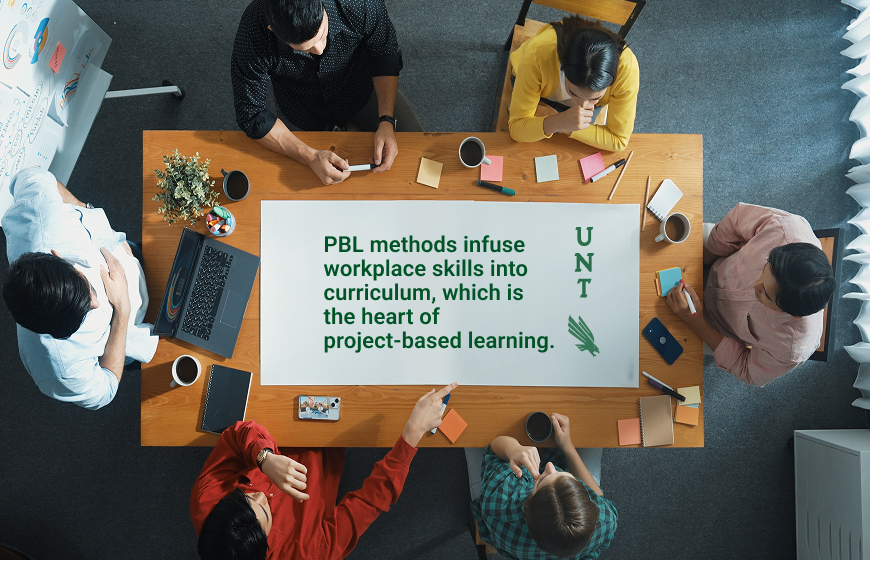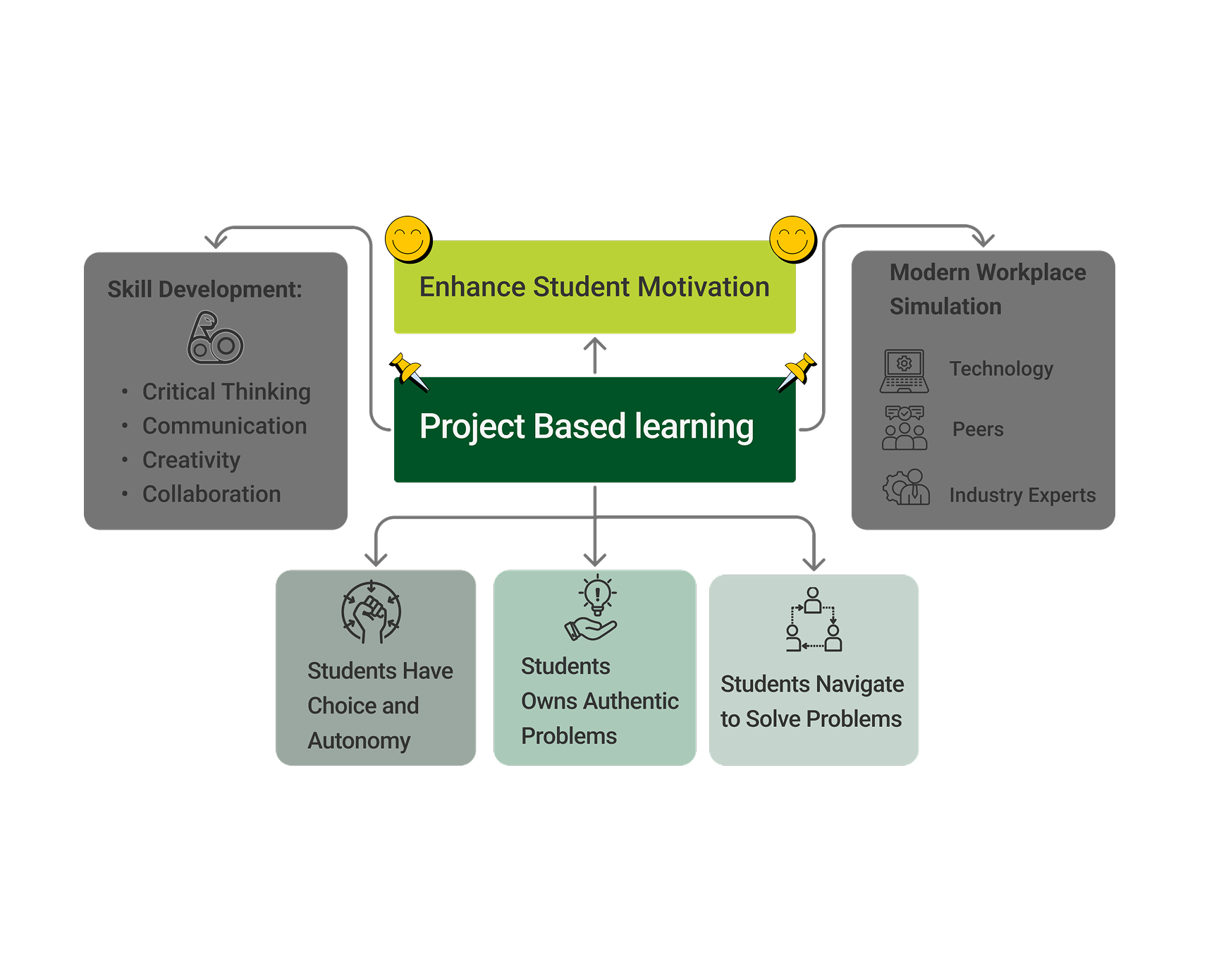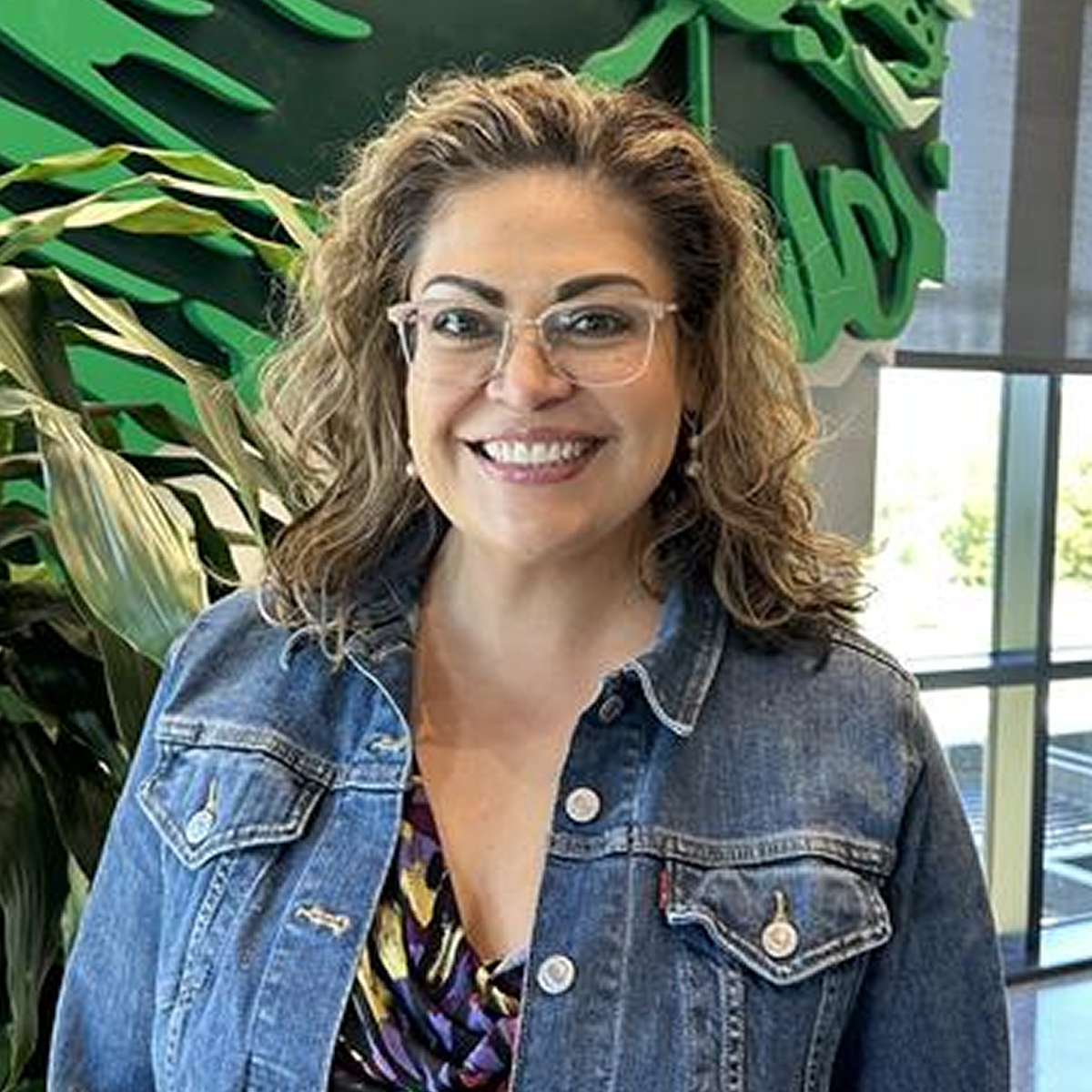Why-Project-Based-Learning

The Power of Project-Based Learning
In today’s technologically rich world, there is no lack of information or content. Students instead must learn how to engage with that content and use it in a way that involves critical thinking, student agency, and solves authentic, real-world problems¹. Project-based learning (PBL) promotes life-long learning and how to navigate ambiguity, change, conflict, and the
demands of a professional career beyond a student’s time in higher education. The College of Applied and Collaborative Studies (ACS) bridges the gap between higher education and the workforce through its multidisciplinary approach to Project-Based Learning.
Reference
Reference


Keep Up With Industry Demands
The hiring landscape has changed significantly from the times when employees got a job after graduation and committed their lives to that company, assured of a pension at retirement. Workers
engage in the workforce differently today, with the average American worker now having
twelve jobs in a lifetime with an average tenure of approximately four years¹. Changing jobs is profitable (20-50% pay increases) versus staying (1.3-4.5% pay raise annually)¹. Preparing for
this workforce dynamic means that higher education must evolve in order to prepare students for today’s job opportunities and for these new demands of valuable skills that work across companies and even industries.
Reference
Reference

According to the National Association of Colleges and Employers (NACE), communication, teamwork, critical thinking, professionalism, equity and inclusion, technology, career and self-development, and leadership are skills most important to employers¹. With the exception of technology skills, most employers still find higher education graduates lacking the desired level of skill mastery needed for the workforce. Project-based learning is centered around skill development to prepare graduates for these industry expectations.
Equipping students with the transferable skills most demanded by employers and in today’s hiring landscape is a foundational component of implementing PBL practices into higher education². Studies show that students improve their critical thinking, creativity, and collaborative skills by actively learning with in-depth inquiry, challenging and ambiguous problems, and when given more choices in how to tackle problems³.
We partner with community and industry for authentic problem-solving scenarios to develop students’ applied skills. Students work alongside industry and community partners, faculty, and staff to transform the way students learn. Networking is an additional benefit of the synergy created in this collaboration.



Inquiry-based instruction methods like PBL have been shown across disciplines to increase student motivation, and learners’ knowledge and skills ¹. Specifically, critical thinking, communication, creativity, and collaboration
are refined in students through practice, reflection, teamwork, and scaffolded project
steps guided by faculty. Students have more buy-in to projects when choice and autonomy are at the forefront of how they frame the authentic problem, and how they creatively navigate to solve problems and produce solutions². Much like how a modern workplace functions, students have access to technology, peers, faculty, and industry expertise. They are handed a project or a problem and are expected to address it in meaningful
ways with an audience that extends far beyond “just the teacher”. Synergies arise when interactive and discovery-based teaching methods are at the forefront of student learning³.
References
References
PBL in the college curriculum bridges the gap between learning and application. The ability for students to thrive in today’s workforce is honed through these complex, open-ended projects that require hands-on multidisciplinary perspectives.

Explore more PBL Resources
To help you explore project-based learning more deeply, the high-quality research
articles were curated for you in the link below.
For More Questions Contact Us

